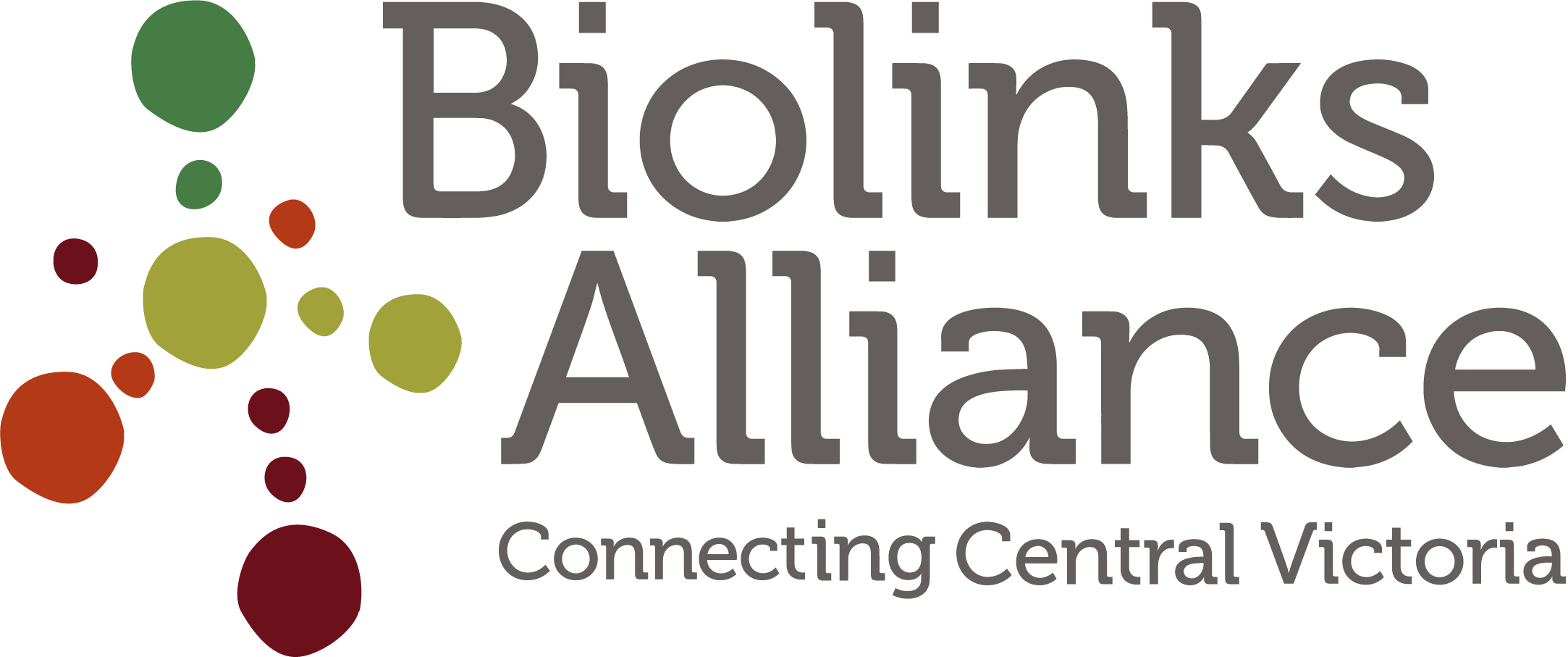Water - wetlands - rivers
Just as our terrestrial species require connected habitats - so do frogs, invertebrates, fish and other aquatic species. Water is the great connector - providing passage and connecting environments.
Head water streams, farm dams and connectivity
Small dams in the upper catchments have a huge impact on the persistence of stream flows and waterholes of many streams across Victoria in dry times. Loss of continuity along streams threatens the survival and breeding of many fish and other aquatic animals. Protection of high-quality habitat is critical for conservation but there are also solutions that can improve flows from small dams.
Wetlands
Many seasonal wetlands scattered across south-western Victoria and they are particularly biodiverse. Agriculture is having a growing impact on the connectivity and biodiversity of these wetlands. However they are adapted to cycles and, thanks to persistent seed banks, can come back from moderate and short-term disturbance, with grazing as an important management tool.
Groundwater dependant ecosystems
The following is placeholder text known as “lorem ipsum,” which is scrambled Latin used by designers to mimic real copy. Fusce at massa nec sapien auctor gravida in in tellus. Integer tempus, elit in laoreet posuere, lectus neque blandit dui, et placerat urna diam mattis orci.
Frogs
Agricultural intensification is having a big impact on biodiversity. Studies of the behaviour of frogs in various agricultural environments are showing frogs use variety of habitats to live and traverse but remnant vegetation condition and proximity to water were most important. Many species that are more sensitive to the impacts of agriculture are no longer widely found.
Platypus
Conservation status - issues - UCLN monitoring project, PP Wimmera River story.


